Sourdough bread, known for its tangy flavor and irresistible crust, often challenges bakers with its sticky dough. Professional bakers have honed techniques to manage this common issue. In this guide, we explore seven expert-approved methods to transform sticky dough into a smooth, workable masterpiece. Whether you’re a seasoned baker or a curious novice, these insights will elevate your sourdough game.
Adjust Hydration Levels
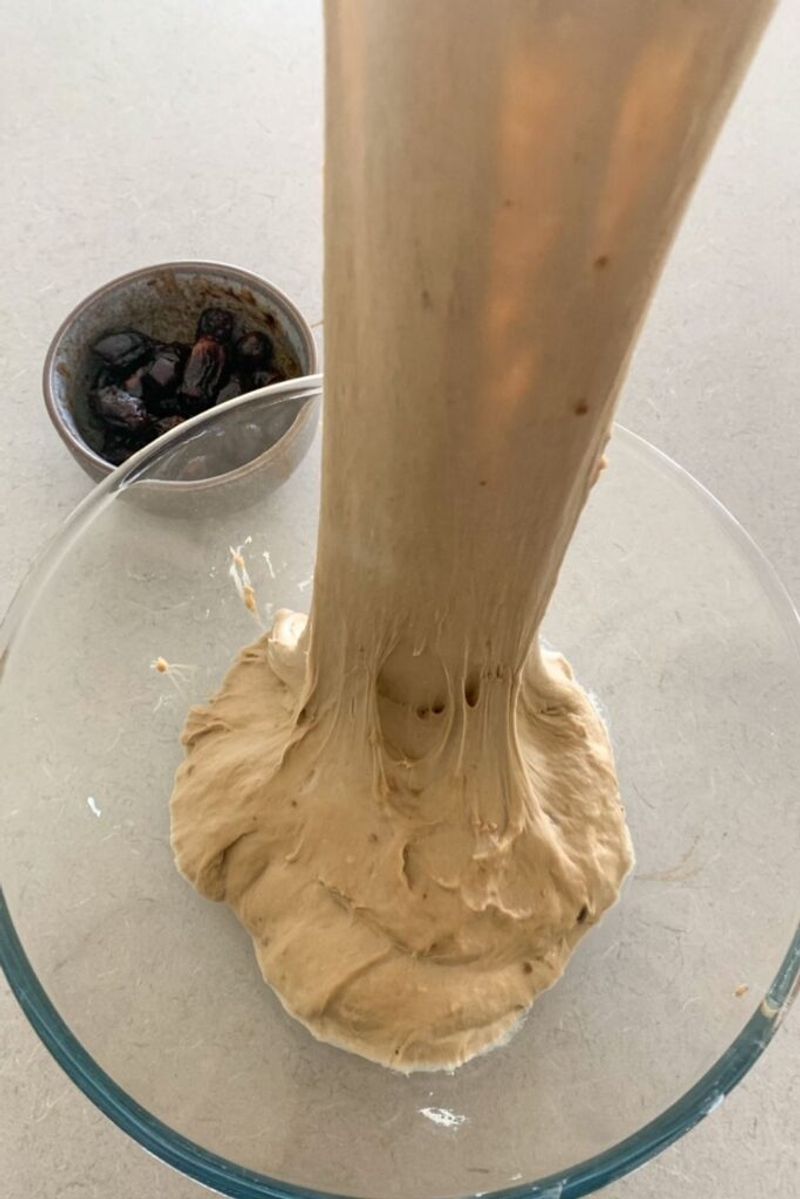
Dough too sticky? Consider reducing its hydration. Sourdough’s unique texture often relies on a high water content, but too much can lead to frustration. By fine-tuning the water-to-flour ratio, bakers can achieve the desired consistency. More flour can be gradually added until the dough becomes manageable. Remember, patience is key. Adjustments should be slow and thoughtful, allowing the dough to absorb changes gradually. This technique is especially useful for beginners eager to master sourdough’s complexities. With practice, you’ll find the perfect balance, giving you a dough that’s supple yet sturdy.
Use Cold Water
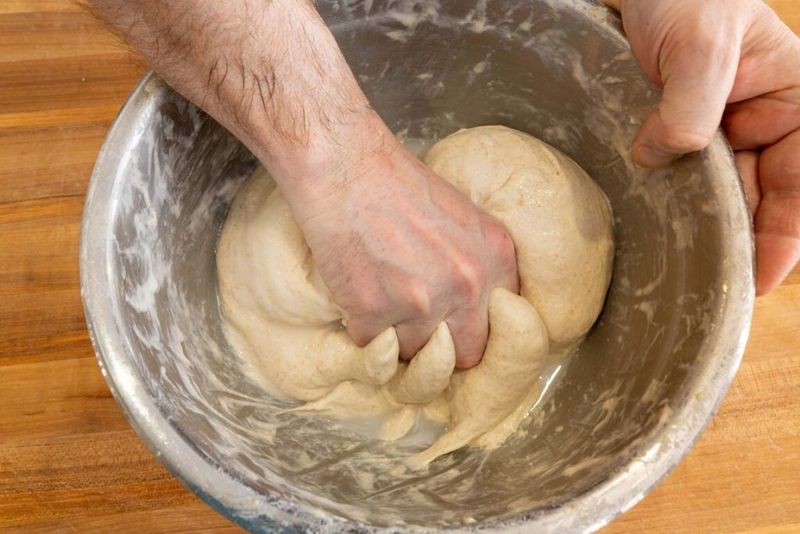
Struggling with sticky dough? Cold water is your ally. Using cold water instead of lukewarm can significantly impact the dough’s stickiness. Cooler temperatures slow down the fermentation process, allowing gluten to develop without excessive moisture. This simple switch can transform your baking experience. For those in warmer climates, it’s a game-changer. By keeping ingredients cool, you maintain control over the dough’s behavior. This method is a favorite among bakers seeking consistency and precision. Experimenting with water temperature can lead to delightful discoveries.
Utilize Autolyse Method
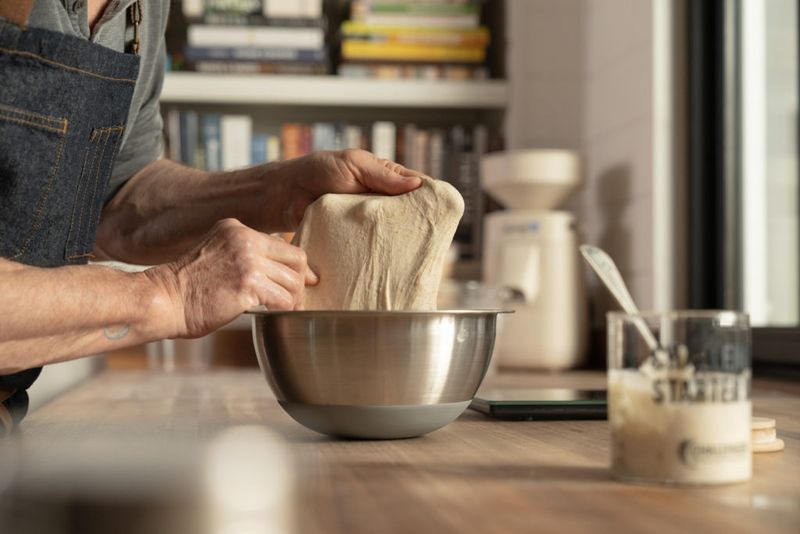
The autolyse method is a baker’s secret weapon. By combining flour and water before adding other ingredients, gluten develops more effectively. This technique reduces stickiness and improves dough strength. During the autolyse phase, enzymes break down flour proteins, enhancing elasticity. It’s a simple yet transformative step that elevates your sourdough’s texture. Ideal for those willing to embrace a bit of patience, the autolyse method requires a rest period. The wait, however, is worth it. Your dough will thank you with improved structure and handling.
Knead with Oil
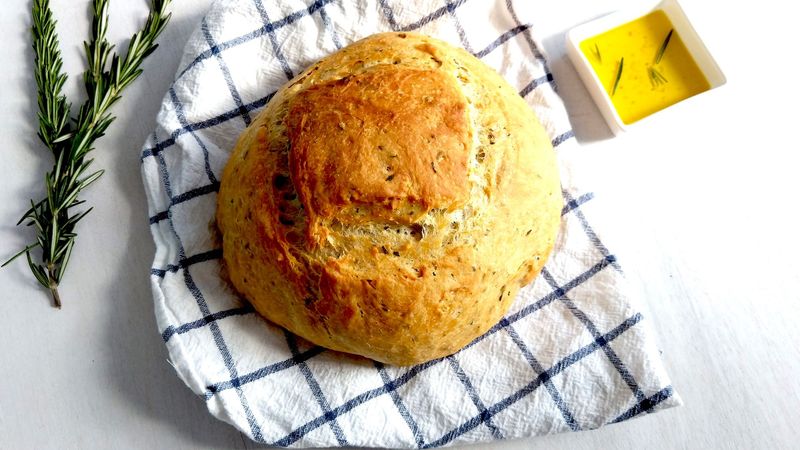
Oily hands can work wonders with sticky dough. By lightly coating your hands with oil, the dough becomes easier to handle. This technique minimizes sticking without altering the dough’s hydration levels. Olive oil or vegetable oil are popular choices, offering a smooth, non-stick surface. Ideal for bakers who prefer a tactile approach, this method allows for a seamless kneading process. The added benefit? A subtle flavor enhancement. It’s a simple trick that brings joy to the sourdough journey, making each knead a pleasure rather than a chore.
Implement Stretch and Fold
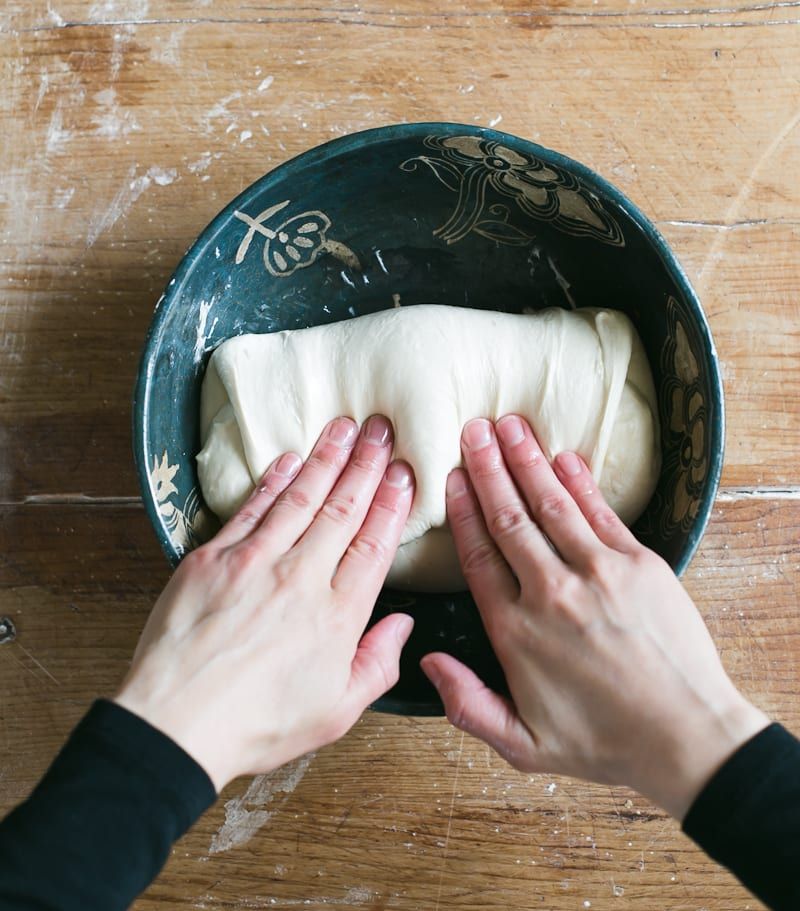
Stretch and fold transforms sticky dough into a manageable delight. This method strengthens gluten structure without the need for traditional kneading. By gently stretching the dough and folding it over itself, bakers can improve elasticity and reduce stickiness. It’s a gentle process, requiring minimal effort but yielding maximum results. Ideal for those who enjoy a hands-on approach, the stretch and fold technique is both effective and satisfying. Over time, the dough becomes more resilient, showcasing the magic of sourdough baking.
Incorporate Salt Later

The timing of salt addition can influence dough stickiness. By incorporating salt after a brief initial mix, the dough’s texture can be improved. Salt strengthens gluten bonds, enhancing dough structure. This delayed addition allows for better integration, making the dough less sticky. It’s a nuanced technique, favored by bakers seeking refinement. Adjusting the timing of salt not only impacts texture but also flavor development. If you’re eager to experiment, this method offers both challenge and reward. Discover the subtle art of timing in sourdough creation.
Dust with Semolina or Cornmeal
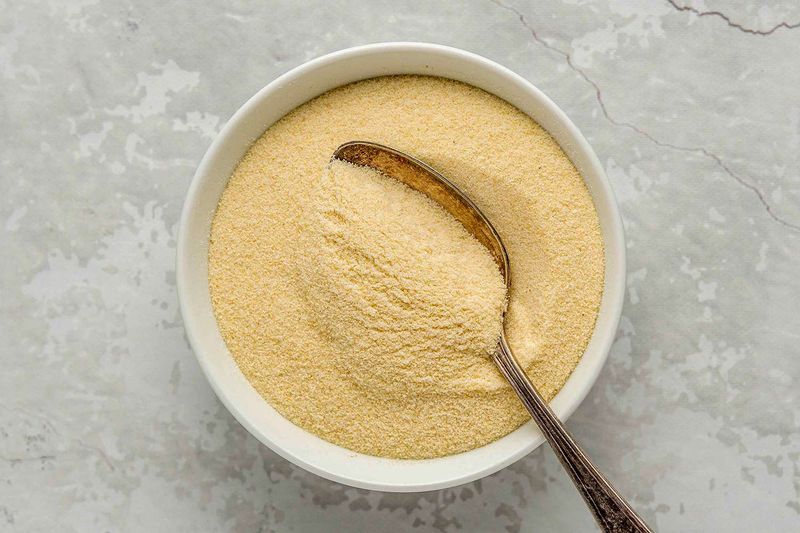
Semolina or cornmeal offers a tactile solution to stickiness. By dusting your work surface with these coarse flours, dough maneuvering becomes easier. Unlike regular flour, semolina and cornmeal provide a non-stick barrier, aiding in dough handling. This technique is perfect for those who prefer a mess-free approach. It keeps the dough from clinging to surfaces, allowing for smooth transitions during shaping. Additionally, it adds a delightful texture to the dough’s exterior. This method is cherished by bakers seeking both practicality and a hint of rustic charm.
Leave a comment